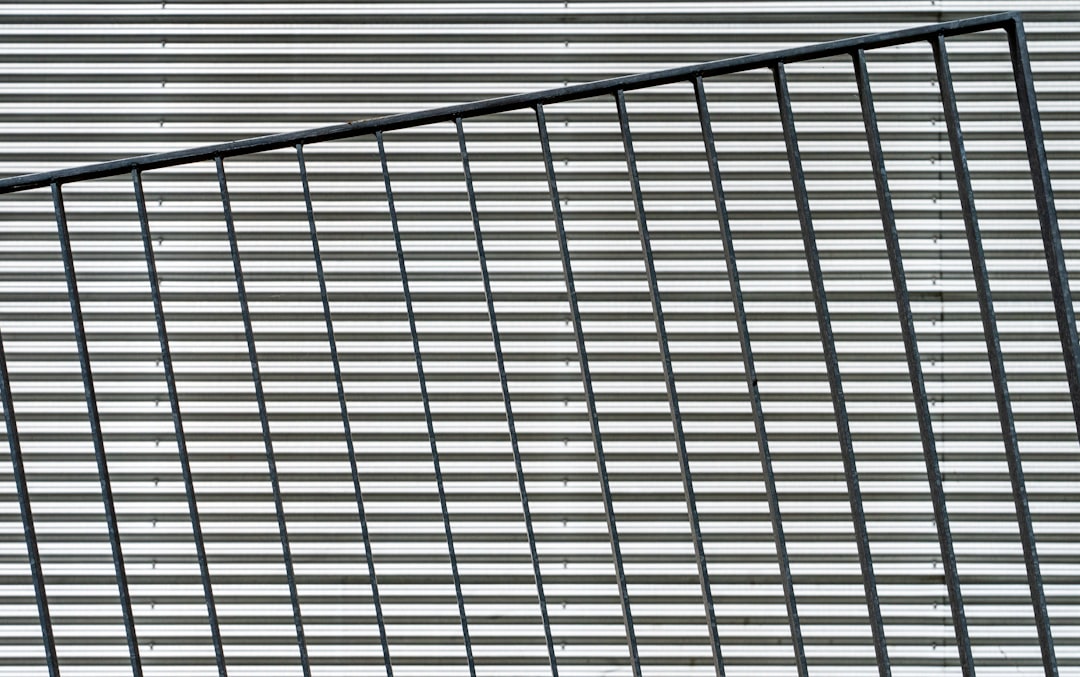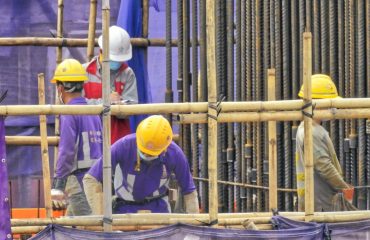body { font-family: sans-serif; line-height: 1.6; }
h1, h2, h3 { color: #333; }
h1 { font-size: 2.5em; }
h2 { font-size: 2em; }
h3 { font-size: 1.5em; }
code { background-color: #f0f0f0; padding: 0.2em 0.4em; border-radius: 3px; }
Steel, a ubiquitous material in modern construction, manufacturing, and infrastructure, undergoes a significant transformation from its raw state to its final, usable form. Understanding the differences between raw and finished steel is crucial for anyone involved in engineering, design, or procurement. This post delves into the key distinctions, exploring their properties, applications, and the processes that bridge the gap between the two.
Understanding Raw Steel: The Foundation
Raw steel, also known as pig iron or crude steel, is the initial product of the iron-making process. It’s far from the refined material we typically associate with steel. Produced in a blast furnace, it contains significant impurities, including carbon (typically 3.5-4.5%), silicon, manganese, phosphorus, and sulfur. These impurities significantly affect its properties, making it brittle, hard to work with, and unsuitable for most applications. Its appearance is typically dark gray or black, with an uneven, rough texture. Raw steel is primarily used as an intermediary product, requiring further processing to become usable finished steel.
The Refining Process: From Raw to Refined
The transformation of raw steel into finished steel involves a series of refining processes aimed at reducing impurities and achieving desired properties. The most common method is the Basic Oxygen Furnace (BOF) process. This involves blowing oxygen into the molten raw steel, oxidizing the impurities and removing them as slag. Other processes include electric arc furnaces (EAFs), which are particularly efficient for recycling scrap steel. These processes carefully control the chemical composition of the steel, adjusting the carbon content and adding alloying elements like chromium, nickel, and molybdenum to achieve specific mechanical properties, such as increased strength, hardness, or corrosion resistance.
Properties: A Tale of Two Steels
The difference in properties between raw and finished steel is dramatic. Raw steel is brittle and lacks the tensile strength and ductility necessary for most engineering applications. Its high carbon content contributes to its hardness but also its brittleness. Finished steel, on the other hand, boasts a wide range of properties depending on its composition and processing. It can be strong, ductile, malleable, and resistant to corrosion, heat, or wear, depending on the specific grade and alloying elements used. This versatility is what makes finished steel so valuable.
Applications: A World of Difference
The contrasting properties directly influence the applications of raw and finished steel. Raw steel, due to its inferior quality, has limited direct applications. It serves primarily as a feedstock for the steelmaking process. Finished steel, however, finds use in a vast array of applications, including:
- Construction: Buildings, bridges, skyscrapers
- Automotive: Car bodies, chassis, engine components
- Manufacturing: Machinery, tools, appliances
- Infrastructure: Railways, pipelines, power transmission lines
- Aerospace: Aircraft components, spacecraft parts
The specific grade of finished steel is carefully selected based on the demands of the application.
Cost and Economic Considerations
The cost of raw steel is generally lower than that of finished steel. This is because raw steel requires less processing and refinement. The additional processing steps involved in transforming raw steel into finished steel significantly increase its cost. The cost of finished steel varies widely depending on the grade, alloying elements, and finishing processes employed. Higher-strength, specialized steels with enhanced properties naturally command higher prices. This cost difference needs to be carefully considered when choosing between different grades of steel for a particular project, balancing cost-effectiveness with performance requirements.
In conclusion, the journey from raw steel to finished steel represents a remarkable transformation, converting a brittle, impure material into a versatile and indispensable engineering material. Understanding this transformation and the differences between the two forms is fundamental to effective material selection and design in various industries.
SEO-Friendly Tags:
- Raw Steel
- Finished Steel
- Steel Properties
- Steel Manufacturing Process
- Steel Applications




